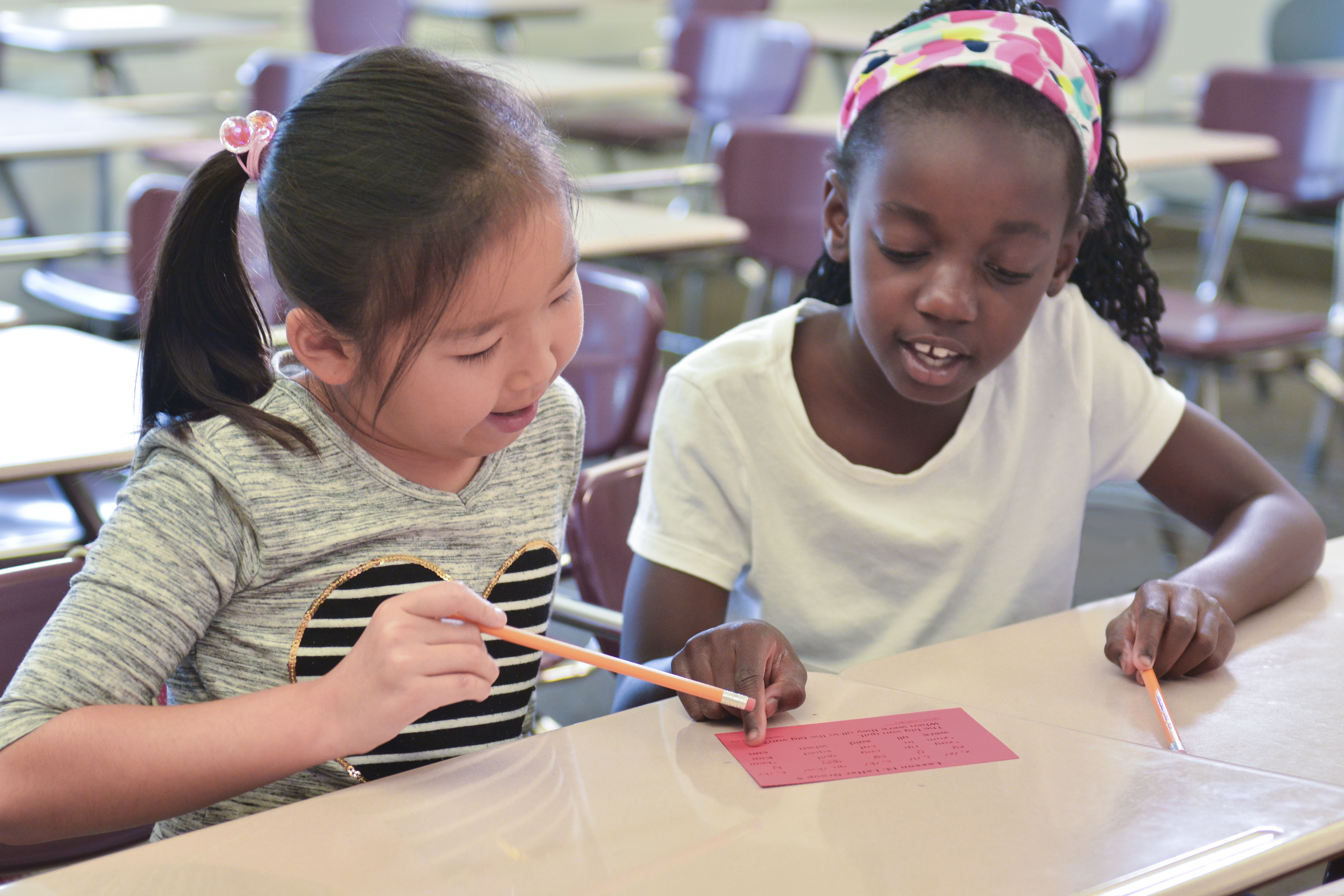Boosting Student Engagement by Creating a Culturally Competent School or Classroom
Have you ever wished you could know what your students are thinking? How they wanted to be taught? What they want to get out of your class? In a recent episode of Podclassed titled “Creating Culturally Competent Classrooms,” Rann Miller shared what he wished his teachers had known while he was growing up as a student of color. He also shared how you can create a culturally competent school and classroom. In this article, we share a few of the key points from Mr. Miller’s interview. Keep reading to learn from his unique perspective.

What is a culturally competent classroom, and what are the benefits?
Having a culturally competent school or classroom means that the teachers and administrators are aware and responsive about the race, ethnicity, generational, religious, and gender identification differences present in their student population.
When a classroom is culturally competent, students (especially students in marginalized populations) feel more engaged, have better attendance, and are more likely to feel a connection to their teachers. When students see themselves in their curriculum and instruction, they are more likely to see themselves having success.
A lot of people see cultural competence as gimmicky, but it provides real benefits for students.
What would you have liked to see in your own classrooms growing up?
There are three things I would’ve liked to see in my classrooms growing up: a curriculum that taught me about people from my same ethnicity and background, more engaging instructional methods, and greater diversity in the educators at my school.
Curriculum
In my history classrooms, I didn’t see myself. The only thing that we were taught about African Americans was that we were slaves, then we were freed, and then everyone was back to a place of equality. But that’s not the whole story—or the whole history of African Americans.
I also would’ve loved to have been introduced to authors of color in my literature classes—people that have a greater understanding and perspective of what it’s like to be in my shoes.
I think it’s crucial that teachers give a little more than what the curriculum outlines or expects.
Instructional Methods
In my education, I often felt like my teachers had a set formula they stuck to regardless of the needs of the students in their classrooms. There are several instructional methods that research has found to be more engaging to students of color (and students in general): call and response, storytelling, songs, poetry.
Educator Diversity
It would’ve been nice to have had more teachers that looked like me in my classrooms. White teachers can provide a great education, but teachers of color provide a different perspective and different information. When I went to college and finally had professors that looked like me, I found myself more engaged than I had been growing up. Not every teacher can be a person of color, but the greater the diversity, the greater the perspective we can provide our students.
What can teachers do without using words to communicate that their classroom is culturally competent?
When a student enters a room, the pictures and phrases on the wall and the books on the shelf can communicate cultural competence. It’s also important that you represent all viewpoints in what you display in your classroom. Don’t just share the viewpoints of politicians, scientists, and celebrities but also immigrants and other groups that provide an additional viewpoint about current and historical events.
What is your view on the importance of Black History Month?
In the past, I didn’t think it was that important because it felt like we were provided the same information every year. But, as I’ve worked to find new stories, new figures, and new information to highlight during Black History Month, I now find it very important. Ideally, the information we share during Black History Month should be injected into the entire curriculum throughout the school year.
A few ways you can enhance Black History Month in your own classroom is by researching black history in your own community and by inviting local people of color to come to your classroom to share their perspective in your classroom.
What would you recommend for a caucasian teacher that wants to build a more culturally competent classroom?
Most importantly, you have to know your student population. Find information out about your community. Walkthrough the streets and businesses of your students’ community. See where your students are walking and what they are encountering. Be a patron to the local businesses, and get a flavor for the community. Go to a town hall or city council meeting and find out what the current issues are in that area. Research census data.
Think about how can you empower and advocate for your students. Educators have to understand that they have power and privilege. You have a say. You can advocate for new curriculum and instructional methods. You can influence the culture of your school and classroom in ways that parents and politicians will never be able to.
Learn how Reading Horizons reading curriculum uses a multisensory approach to boost engagement for elementary reading instruction and reading intervention programs.